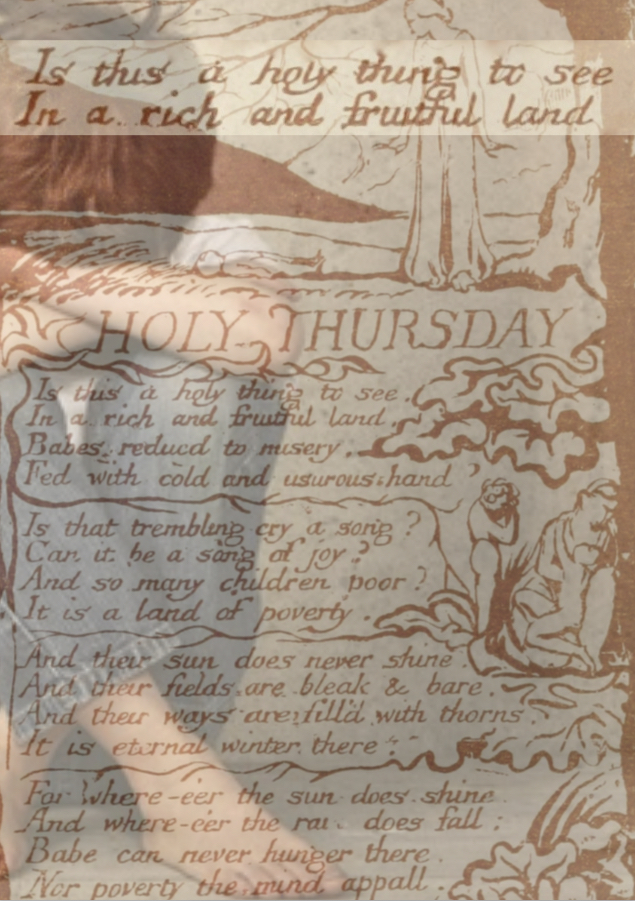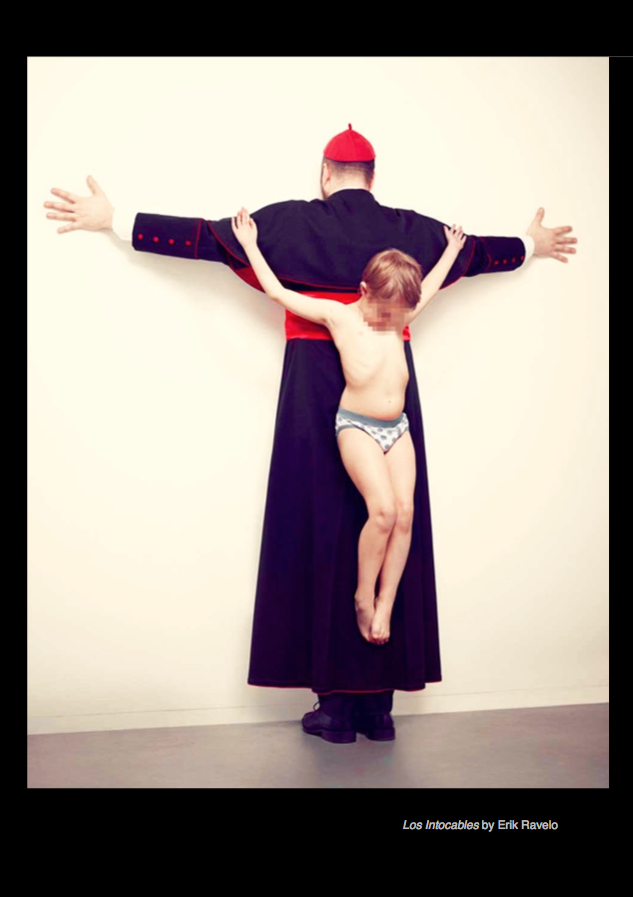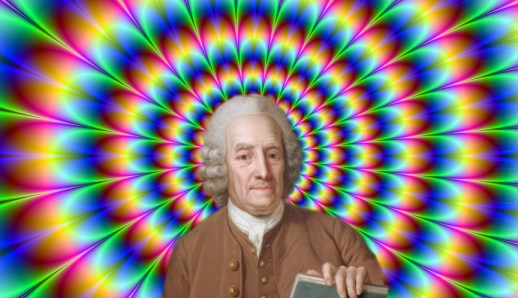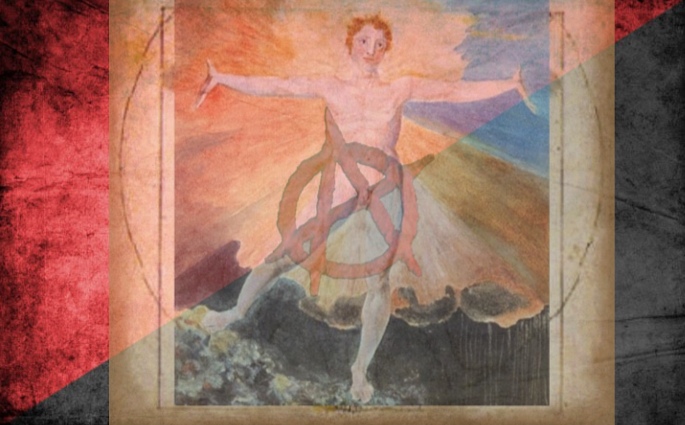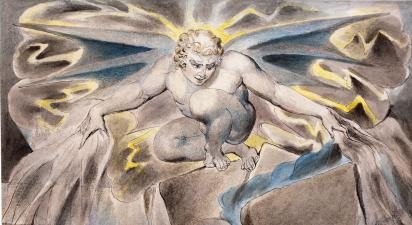Blake and the Spiritual Body, by Northrop Frye
Awakening from the Material Body
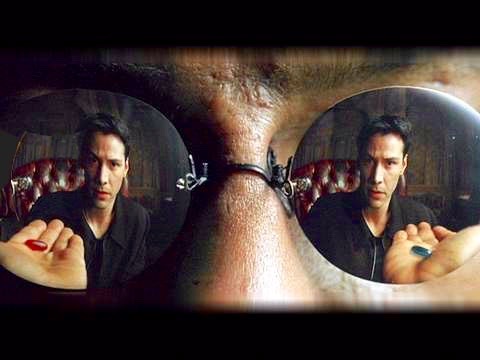
The central idea of The Marriage of Heaven and Hell, to put it crudely, is that the unrest which has produced the French and American revolutions indicates that the end of the world might come at any time. The end of the world, the apocalypse, is the objective counterpart of the resurrection of man, his return to the titanic bodily form he originally possessed. When we say that man has fallen, we mean that his soul has collapsed into the form of the body in which he now exists.
